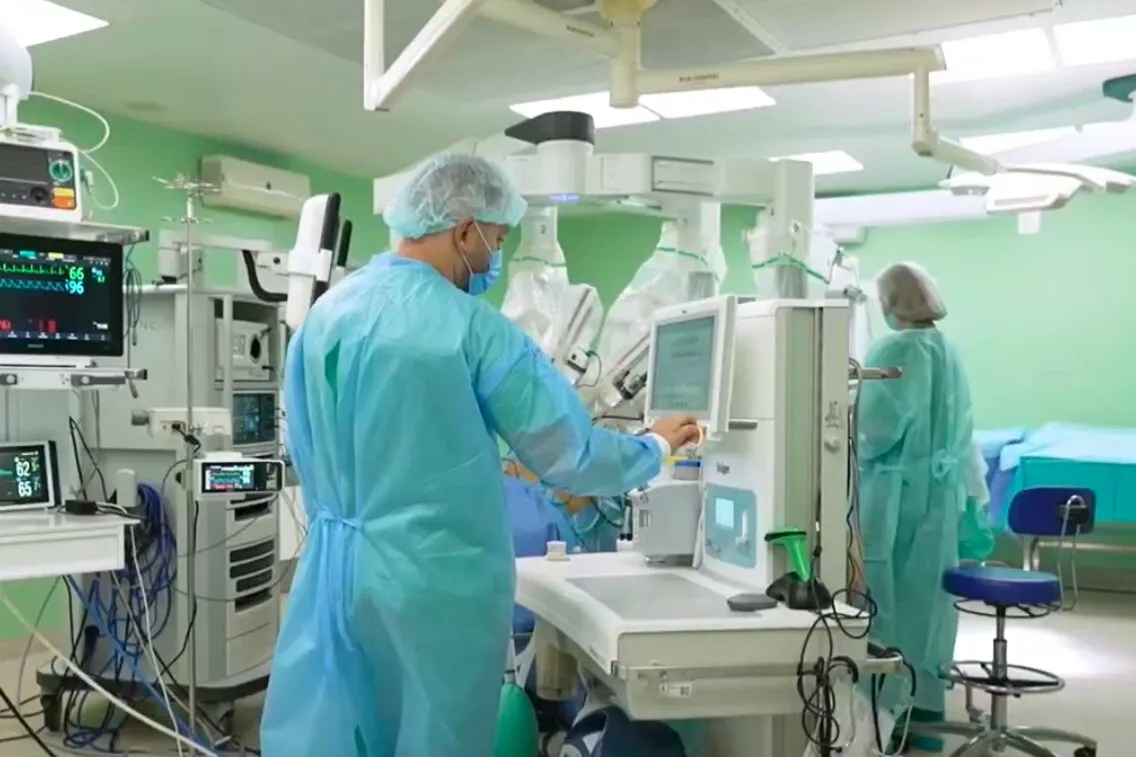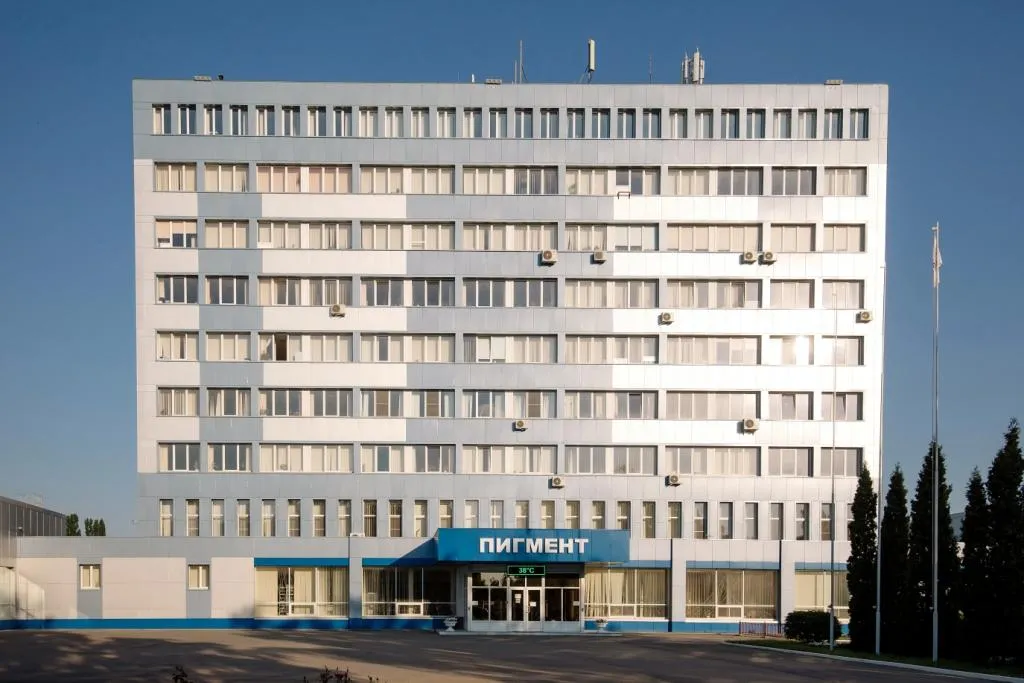JetOS: How a Student Project Became the Key to Russia’s Avionics Sovereignty
A graduate of the Moscow Aviation Institute, Olga Stupak, developed a testing program and methodology for JetOS—a Russian real-time operating system for onboard displays of civil aircraft MC-21 and SJ-100. What began as a diploma project is now shaping the country’s aviation independence.

From Student Project to Level-A Aviation System
In today’s push for technological sovereignty, groundbreaking advances can come from unexpected places—including a student thesis. Olga Stupak, a graduate of the Moscow Aviation Institute and now a specialist at the State Research Institute of Aviation Systems (GosNIIAS), created a methodology and program for testing the JetOS real-time operating system. Her work is being applied to the management of cockpit displays in Russia’s MC-21 and SJ-100 aircraft.
JetOS is a Russian real-time operating system (RTOS) designed by GosNIIAS for civil aviation. It powers multifunctional cockpit indicators in aircraft such as the MC-21 and the Sukhoi Superjet. The system ensures predictable and precise performance of critical avionics and meets stringent international safety requirements, certified at Level A under DO-178C standards. This allows Russian aircraft manufacturers to reduce reliance on foreign solutions.
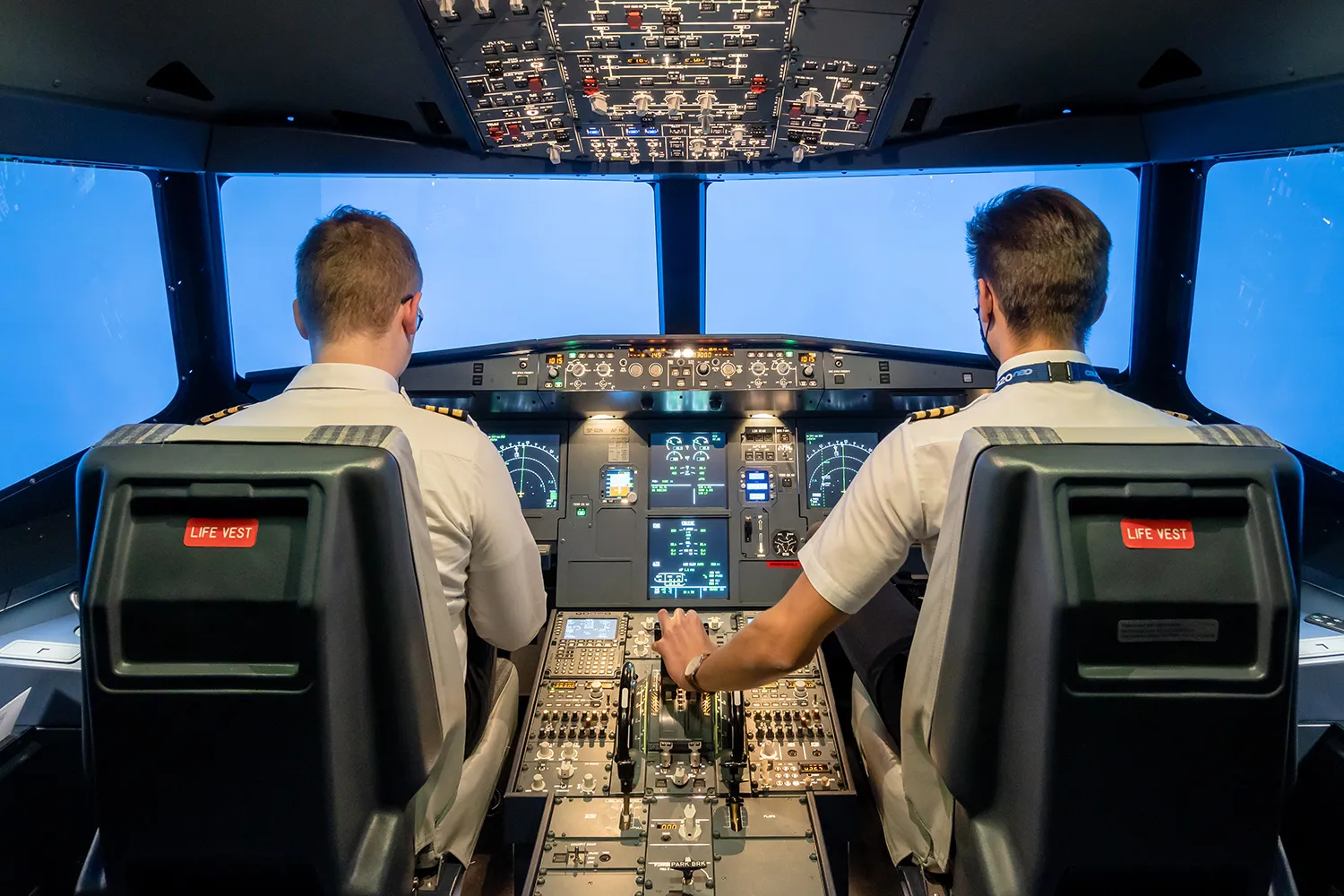
The Level A designation means that flight safety depends directly on the system’s flawless operation. Before Stupak’s contribution, testing involved chaotic documentation and no advanced interface, which increased the likelihood of errors. Her solution—an integrated guide with a graphical interface—not only streamlined the process but also minimized human error during validation.
The methodology has eliminated the need for fragmented documents and manual configuration changes, sharply reducing the risks of incorrect testing scenarios. The program and testing method are now integrated into the JetOS development project.
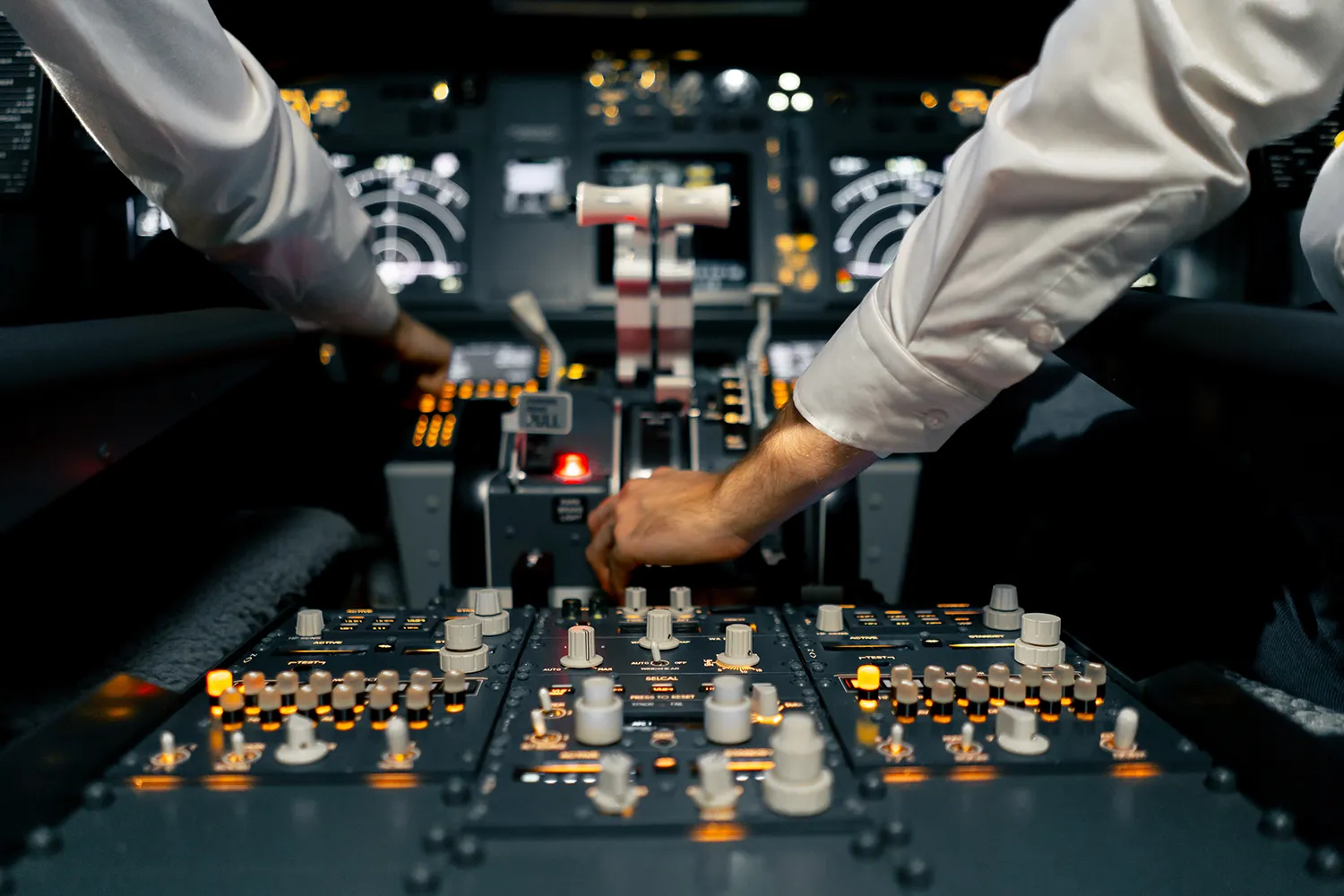
JetOS Takes Flight: The First Fully Russian MC-21
JetOS is not an isolated experiment but a flagship case of import substitution in Russian aviation. Developed jointly by GosNIIAS, the Institute for System Programming of the Russian Academy of Sciences, and the Keldysh Institute of Applied Mathematics, the system complies with international standards DO-178C and ARINC 653, supports up to 30 applications, and has already been integrated into the SJ-100.
Serial production of the MC-21 is expected to begin in 2026 following trials, with deliveries to operators starting the same year. By 2027, the aircraft will enter full-scale production. This plane is more than a machine—it embodies Russia’s quest for technological independence.
From National Security to Global Potential
JetOS is significant on multiple levels. For the IT sector, it advances competencies in high-criticality software development. For the nation, it enhances civil aviation safety. For the global tech community, it demonstrates that Russian-built technologies can be not just autonomous but also highly reliable. The system’s trajectory is particularly relevant to states pursuing their own strategies of technological sovereignty.
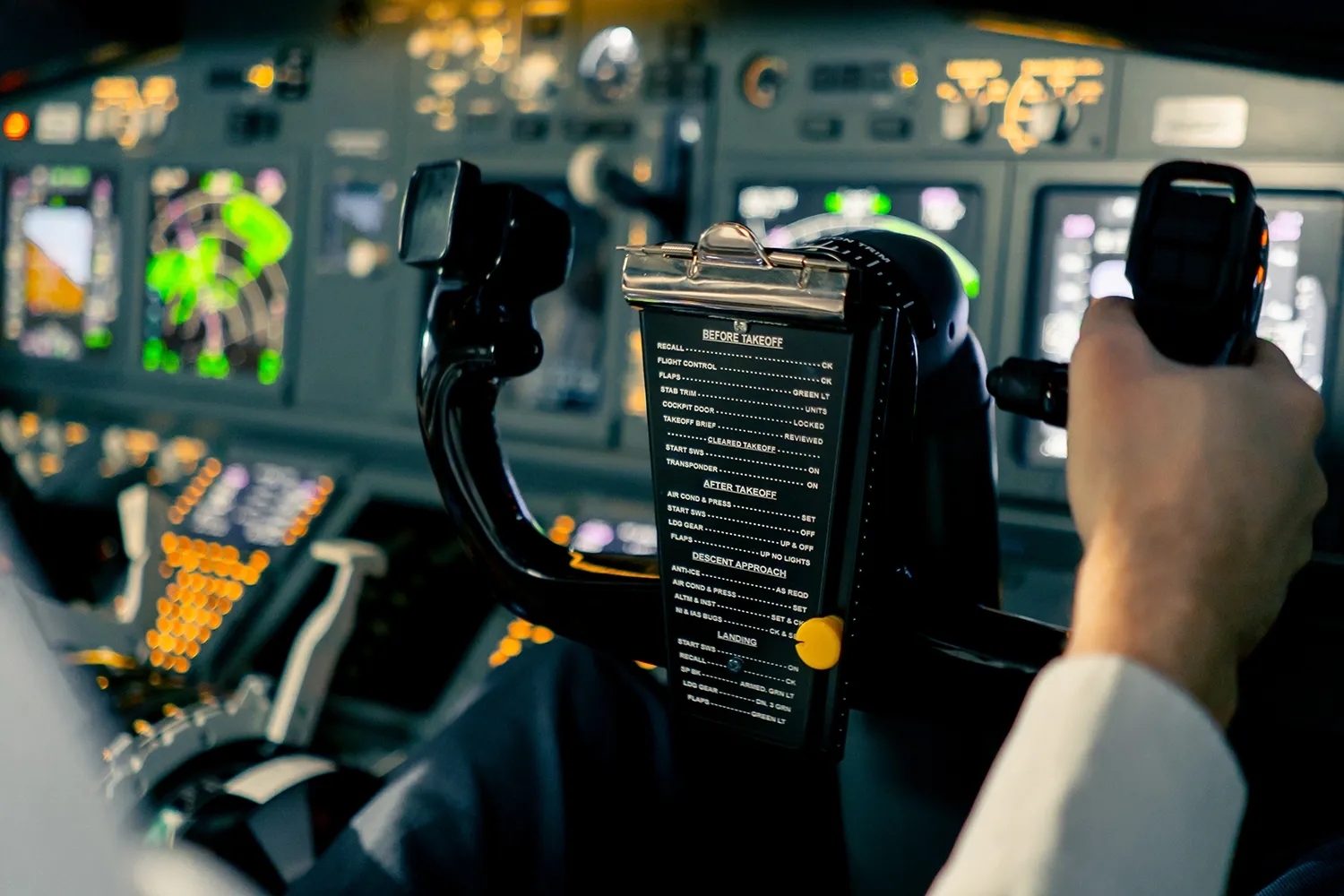
Future prospects include scaling JetOS to other platforms, including transport aviation, exporting it to partner countries, and introducing CI/CD practices with automated testing. Olga Stupak’s story is also a strong case study in how STEM education can foster homegrown innovation with real-world impact.
















